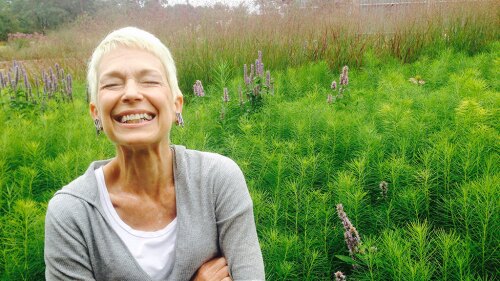Blue jeans and Hollywood movies are one thing, but when it comes to the global spread of U.S. trends, the 20th-century American approach to urban planning that favors cars and sprawl is something to be exported with utmost caution. Our Cities Ourselves, an exhibition on display at the Center for Architecture in New York City, addresses this challenge. In honor of its 25th anniversary, the Institute for Transportation and Development Policy (ITDP) organized the exhibition, which will travel to countries around the world, including China, Brazil, and Mexico.
The intent of the exhibition—and an underlying premise of the New York City–based ITDP itself—is to stem the spread of 20th-century American urban morphologies. This concern is particularly urgent because the cities undergoing the fastest rate of urbanization are in developing countries that, in many cases, are eager to replicate the American model of urbanism. As a result, cities across the world have been racing to lay down roads, giving the automobile privilege as the primary method of transportation. Now that the environmental and social hazards of car-based urban design are well known and becoming empirically documented with greater precision, city planners and transportation engineers are faced with a problem no longer confined to the American suburbs but systemically being confronted by cities in all parts of the world.
It is in consideration of this context that ITDP is now setting out to undo the past several decades of American city planning strategies. Working closely with local authorities, the organization seeks to develop custom-made transportation designs in cities around the world. For each of the cities, ITDP commissioned a design strategy from an architect with close working knowledge of that place.
Among the exhibition’s objectives is to introduce ideas for the ten cities it covers—Ahmedabad, Budapest, Buenos Aires, Dar es Salaam, Guangzhou, Jakarta, Johannesburg, Mexico City, New York City, and Rio de Janeiro. These are places where ITDP has consulted in the past and where the exhibition will travel over the coming year.
One of the exhibition’s leitmotifs is bus rapid transit (BRT). Throughout the proposals, designers use this system in lieu of new roadways for cars. BRT is distinguished from traditional bus service by several characteristics: clean-fuel technologies in the buses, separate bus lanes set off from thoroughfares, and, in most cases, elevated platforms to ease access to the buses. ITDP reasons that this is the most efficient and economical method of introducing mass transit to existing urban areas. The exhibition features a display touting the benefits of BRT.
Bicycles are also a common thread. The proposals call for separate bicycle lanes as a way to facilitate a form of transportation that, in many cases, had been predominant but fell out of widespread use in the past few decades with the advent of car-based planning strategies.
Ultimately, what each of the designs endeavors to create is vibrant communities with sufficient density to make them readily navigable.





